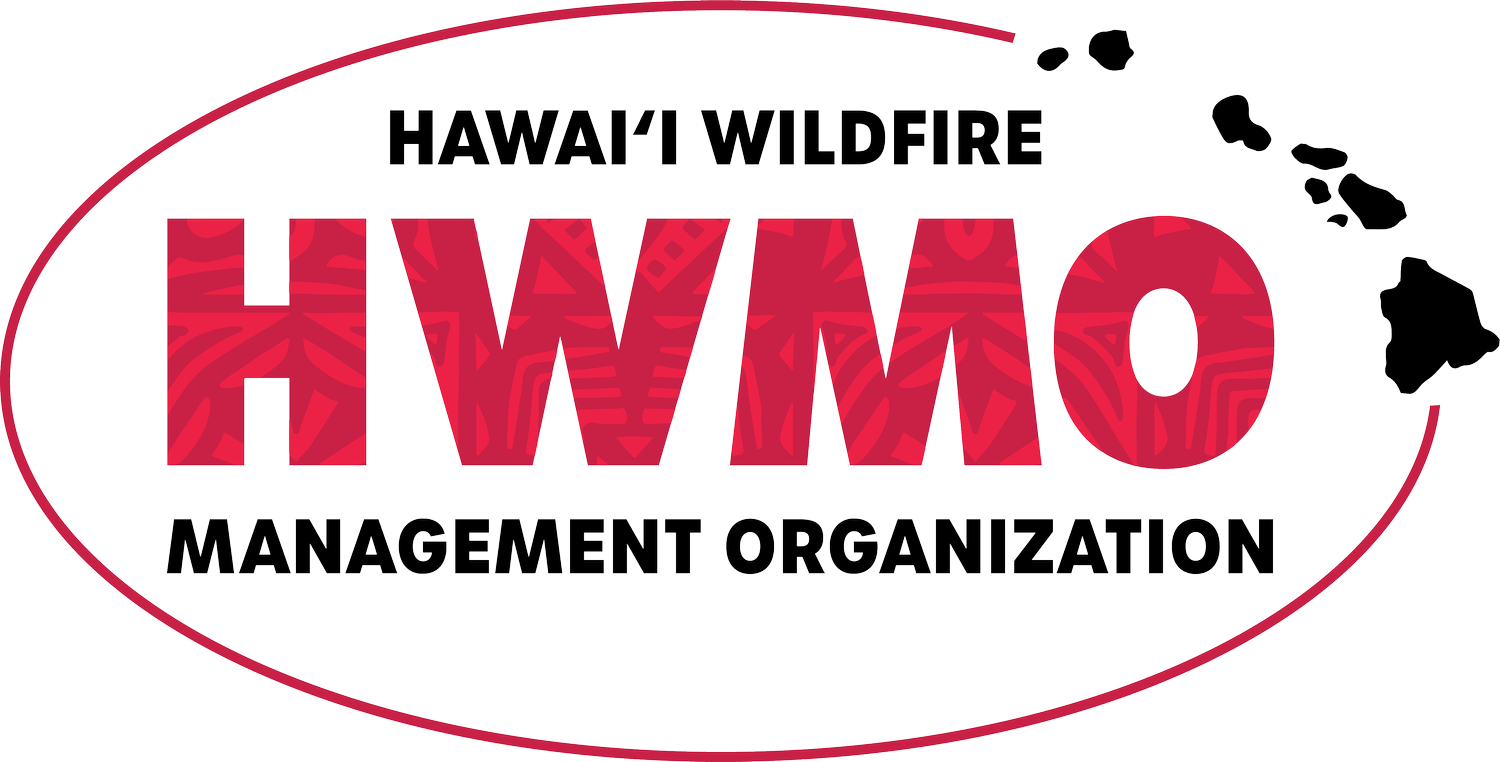What's the Leading Cause of Wildfires in the U.S.? Humans
"More than 10 wildfires burned over 200,000 acres in Southern California in October 2003, many of them started by humans. This satellite image shows strong winds carrying smoke over the Pacific." Credit: MODIS Rapid Response Team/NASA
It is no surprise, human beings are the leading cause of wildfires in the U.S. (more than 98% of fires in Hawaii are caused by people). But now, thanks to scientists, we know the extent of the issue: humans cause 84% of forest fires nationwide! Prevention education is so important - we hope that you can continue to help HWMO spread the word about preventing wildfires to protect our communities, lands, and waters.
"As a result, Balch says, not only are people causing the vast majority of wildfires, they're also extending the normal fire season around the country by three months."
"I think acknowledging that fact is really important," she says, "particularly right now when we have evidence that climate is changing, and climate is warming, and that fires are increasing in size and the fire season is increasing."


